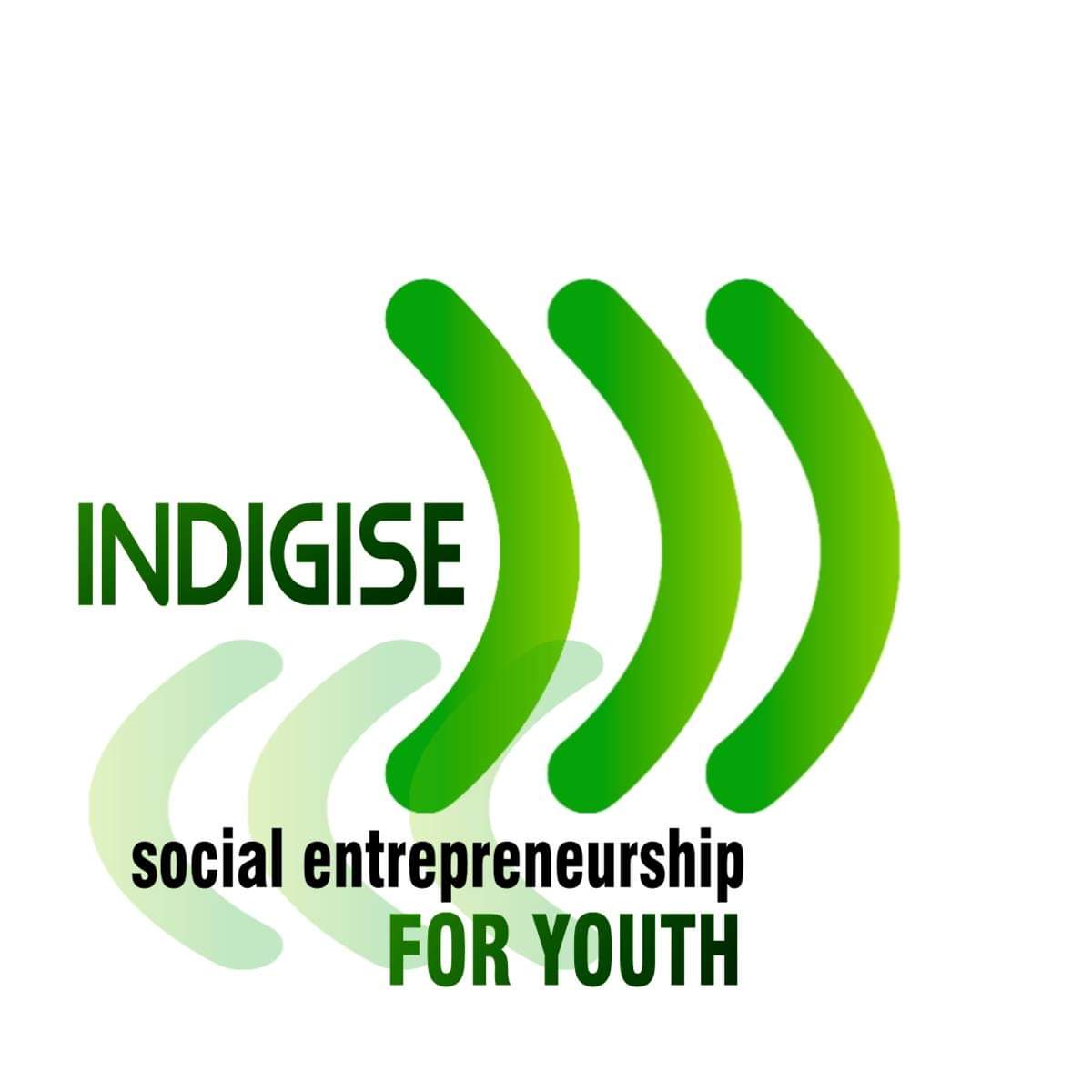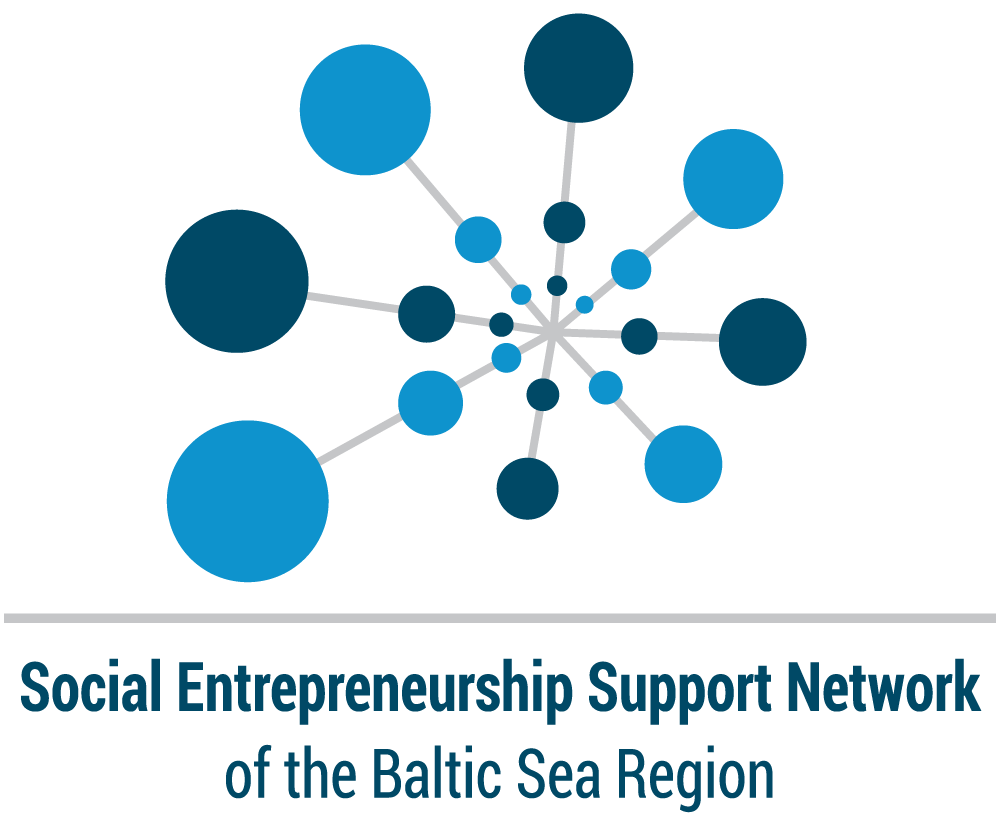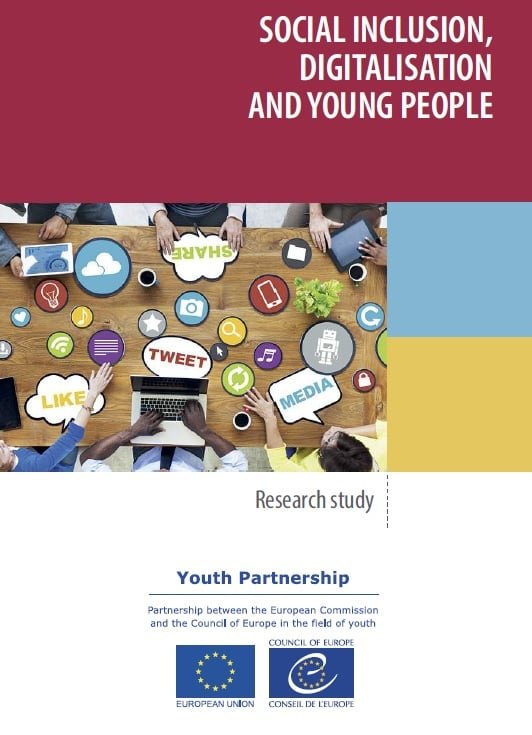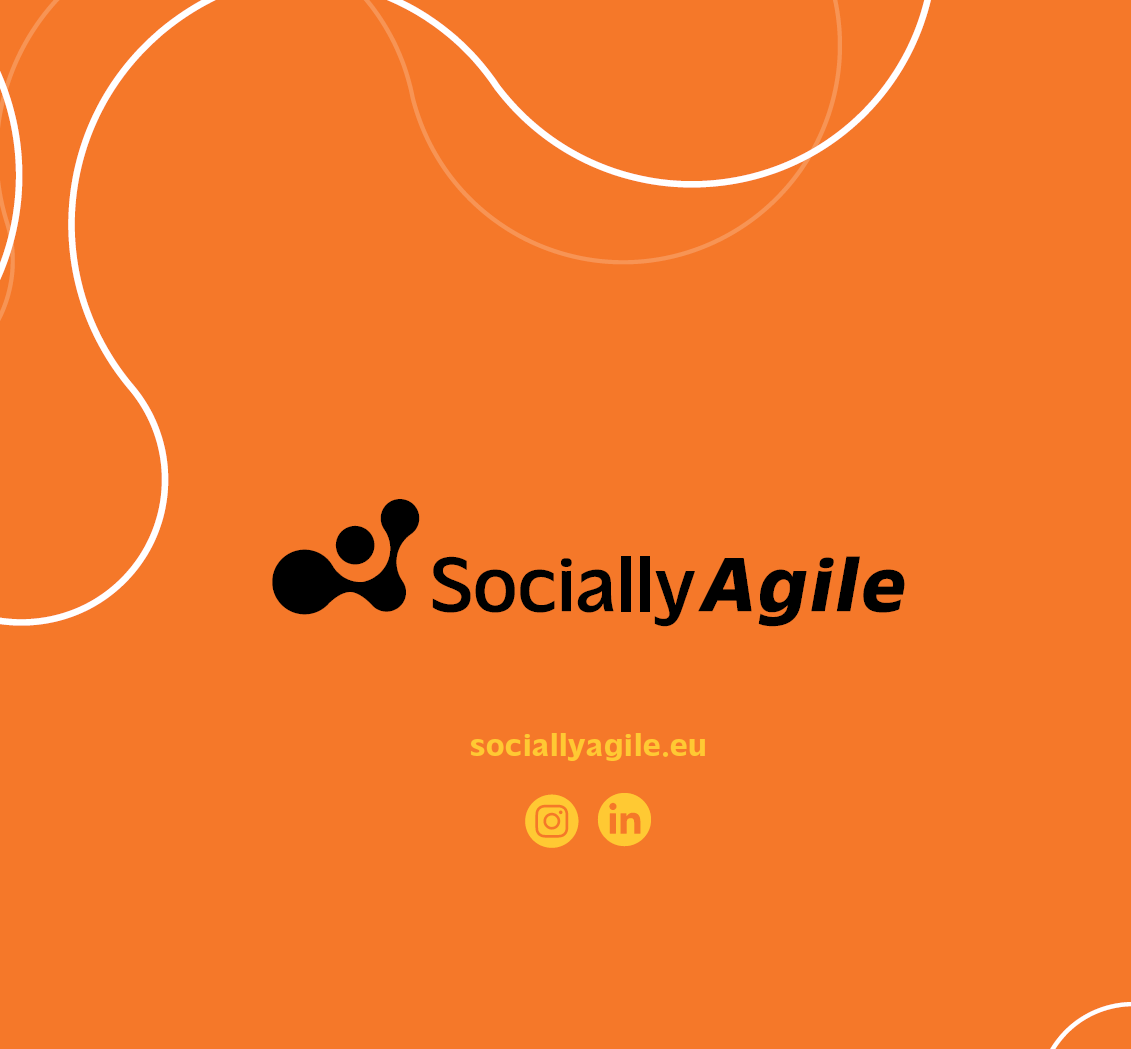This study aims to explore the existing state of play when it comes to digitalisation and social inclusion of young people. The overall question leading this study was: “What is the intersection between social inclusion and digitalisation?”
Read the full report here: https://pjp-eu.coe.int/documents/42128013/47261953/053120+Study+on+SID+Web.pdf/0057379c-2180-dd3e-7537-71c468f3cf9d?fbclid=IwAR34n763ROD8XTkGeUVk-vHCL8dVBXZQchdSL4SqCfG_ykpRm9JPX94Yt7c
Executive summary:
Social inclusion is a process that enables a young person to build up self-esteem, self-realisation and resilience, to become an autonomous and productive member of society, able to reach self-fulfilment and contribute to the development of society as a whole. In order to support the social inclusion of young people, their participation in social, economic and political life should be promoted, based on the equality of rights, equity and dignity. However, certain groups of young people face multidimensional barriers or disadvantages, encompassing political, social, cultural and economic dimensions. These young people may comprise, among others, youth with disabilities, NEET youth, young refugees and migrants, LGBTI youth, young women and girls, youth suffering from substance abuse or dependency, youth from minority ethnic, racial or religious backgrounds, socio-economically marginalised youth, homeless youth, youth in abusive households and youth who have committed or have been a victim of crime. Acknowledging the EU-Council of Europe youth partnership’s extensive work on the topic of social inclusion and inequalities, and the findings from the 2018 symposium Young People, Social Inclusion and Digitalisation, there is an understanding of the need to better approach the topic of digitalisation in relation to the lives of young people and its implications for youth policy, youth work and youth research.
The purpose of this study is thus to explore the intersection of these two themes – social inclusion and digitalisation, examining the concepts of social inclusion and exclusion, and how we can make use of inclusion opportunities arising from the new digital reality.
The introduction sets the framework for the study by looking at what has been done so far in terms of creating a common approach to understanding the two themes: social inclusion, a common topic for policy, practice and research, and digitalisation, a new but fast-developing phenomenon which has an impact on the youth field and youth work. In order to explore in more detail the opportunities for social inclusion in the digitalised world, the second part of the study offers an inventory of the different policies put in place by European, national and local authorities (where available). It also reflects on the need to move towards smart youth work and/or to the outcomes of the work done so far in the area of social inclusion in order to ensure easier access for young people with fewer opportunities. The study presents a collection of existing digital platforms, online tools and educational and training opportunities available to young people and youth workers or teachers. It is based on a desk review and online questionnaire, which was completed by correspondents of the European Knowledge Centre for youth Policy (EKCYP) and youth organisations around Europe.
The data collected from 38 questionnaires from 23 countries show that the formal education system benefits from a wide range of projects and initiatives that bring teachers and pupils closer to the online world. Platforms have also been developed by national and local authorities to engage citizens in decision-making processes. Moreover, local youth organisations and European umbrella youth organisations have developed online training opportunities for youth workers and youth educators, most of which now operate transnationally. The final section of the study looks at the risks and opportunities associated with social inclusion of young people within the digital realm, also reflecting on the approaches and recommendations for addressing the risks.
The conclusion invites the reader to reflect on the future of participation of young people with fewer opportunities in the digital arena. At the time of this study’s compilation, very few identified initiatives directly targeted young people, and even fewer focused on young people experiencing multiple disadvantages. However, the growing digital reality, if its potential is used by governments and organisations, still presents a definite opportunity for developing digital solutions for social inclusion, which need to involve a variety of stakeholders and young people as partners and co-creators.


This publication has been prepared within INDIGISE project. The content of this publication is the sole responsibility of the project coordinator and may not always reflect the views of the European Commission or the National Agency.















Leave A Comment